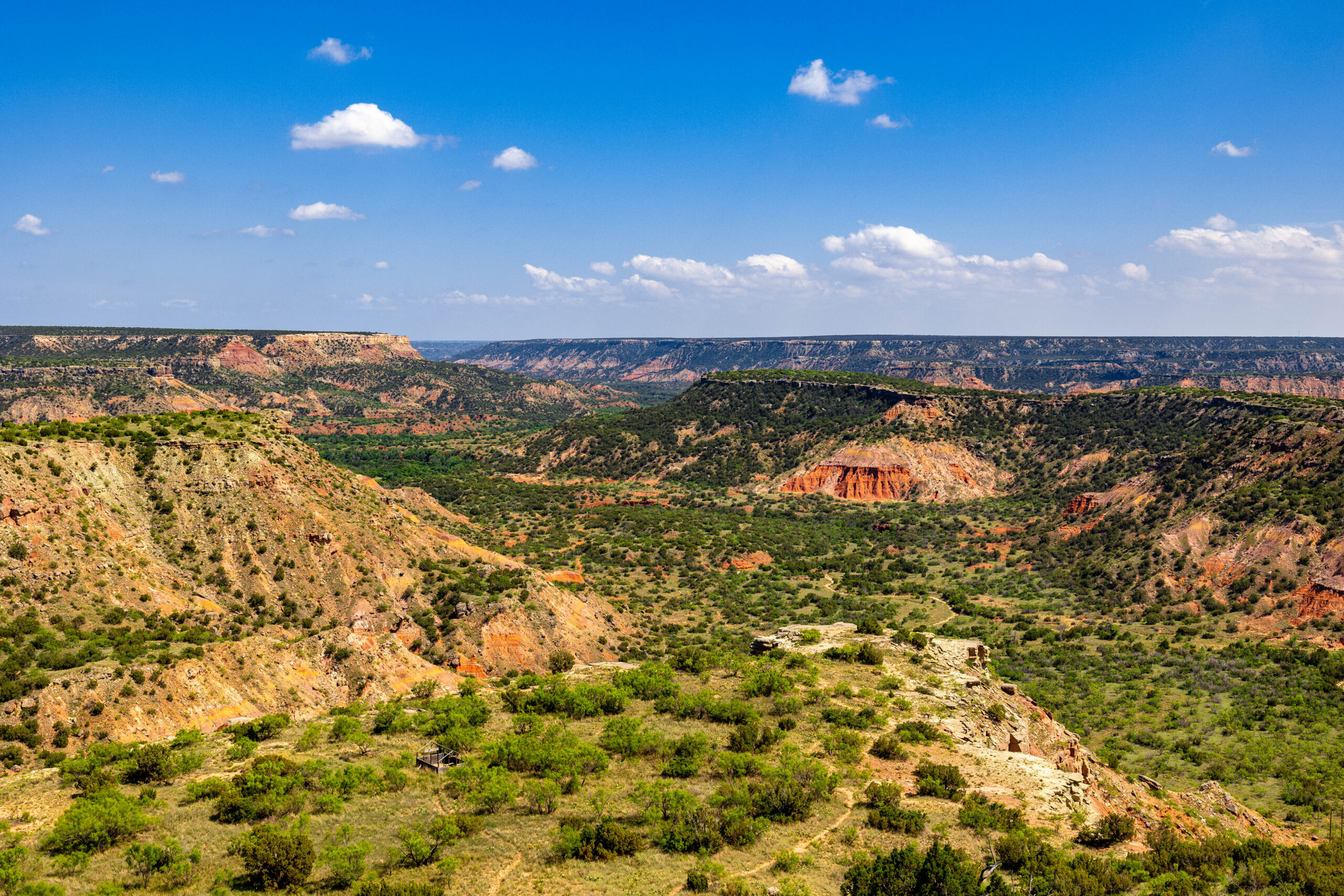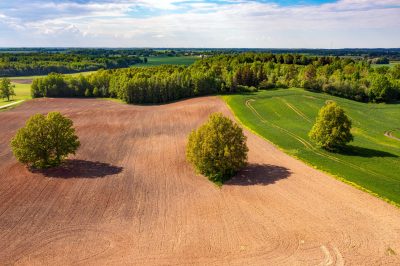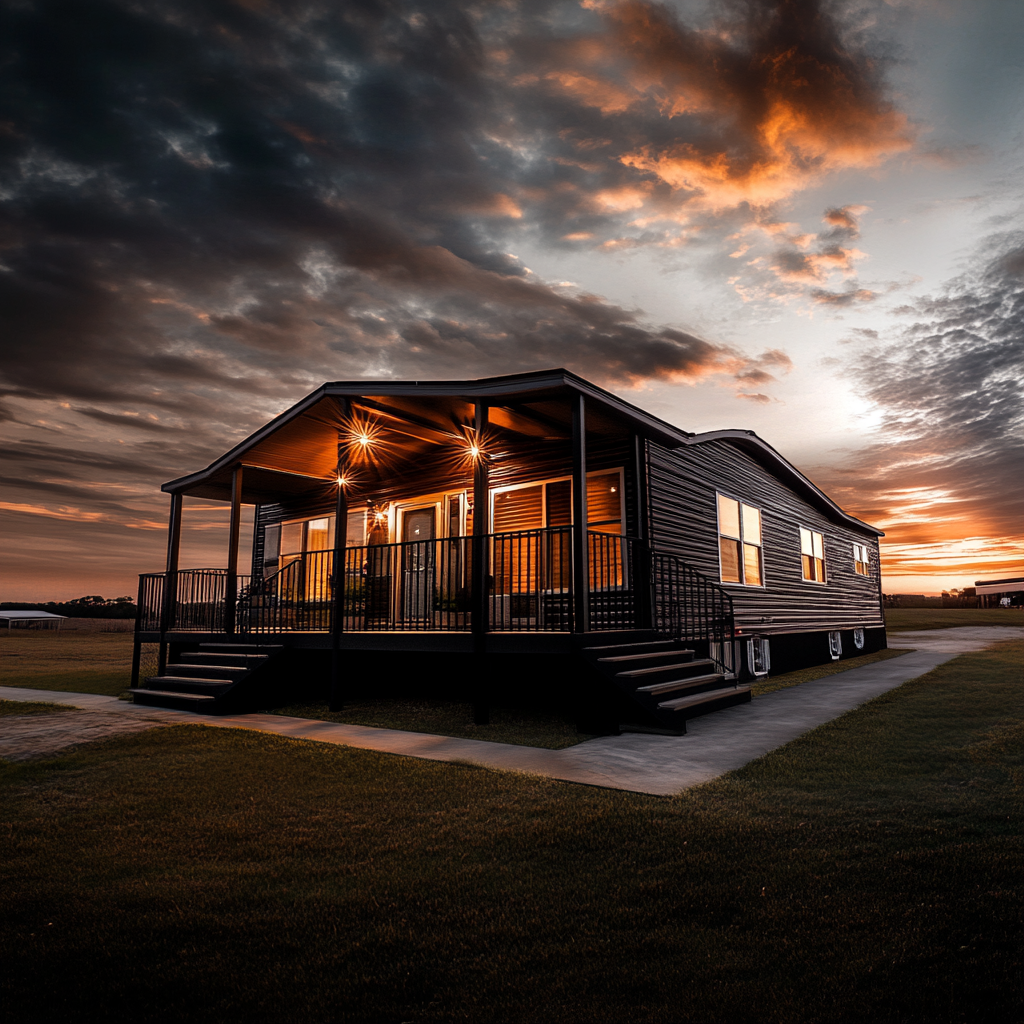Rim Ranch Easements Secure Future of Palo Duro Canyon Land
Texas continues to balance preservation and progress. This week, over 3,000 acres of Rim Ranch, perched along the edge of Palo Duro Canyon, were permanently protected through two new conservation easements. The agreements, coordinated by state and private conservation groups, ensure that one of the Panhandle’s most striking landscapes will remain undeveloped.
The move underscores a growing trend across Texas: large-scale ranch owners are increasingly using easements to preserve ecological and cultural value while maintaining private ownership.
Why It Matters for Texas Land Professionals
Although conservation easements remove land from the development pool, they often influence surrounding market dynamics. Adjacent parcels can gain in value due to scenic protection and reduced density.
For brokers, investors, and buyers, the key takeaways include:
- Reduced inventory in the Palo Duro Canyon area could drive up per-acre prices nearby.
- Stable land values often follow conservation activity, as preserved tracts limit oversupply.
- Heritage marketing “next to protected land” can become a powerful listing angle for sellers.
This development also signals that institutional and nonprofit buyers remain active participants in Texas’ rural land market. Land professionals should track similar efforts by the Texas Parks and Wildlife Department (TPWD) and the Texas Land Conservancy, as they shape both inventory and valuation patterns.
Market Insight
The Texas Panhandle has quietly become one of the most active conservation regions in the state. Between ranch easements and state park expansions, land-use planning is shifting from speculative subdivision toward environmental stewardship.
Still, this doesn’t mean investment opportunity is gone it’s simply changing form. Properties with adjacency to conserved land tend to attract eco-tourism operators, ranch buyers seeking privacy, and recreational investors looking for long-term appreciation tied to natural features rather than dense development.
Visit Palo Duro Canyon to find out more about this Texas gem




